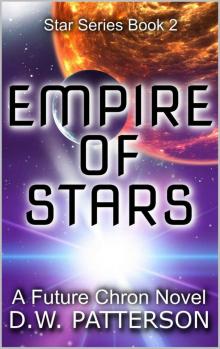 Empire of Stars
Empire of Stars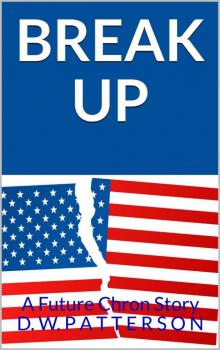 Breakup
Breakup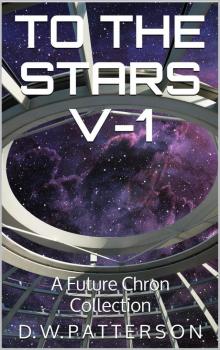 To the Stars V-1
To the Stars V-1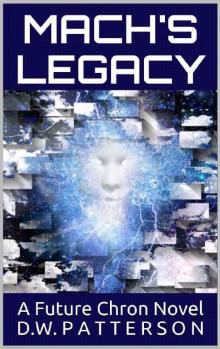 Mach's Legacy
Mach's Legacy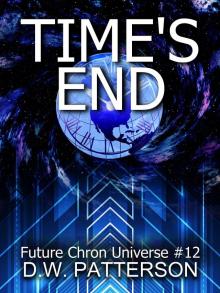 Time's End: A Future Chron Novel (Future Chron Universe Book 34)
Time's End: A Future Chron Novel (Future Chron Universe Book 34)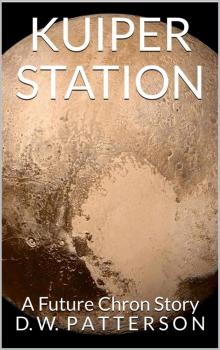 Kuiper Station
Kuiper Station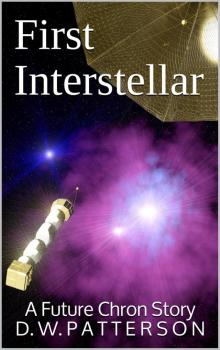 First Interstellar
First Interstellar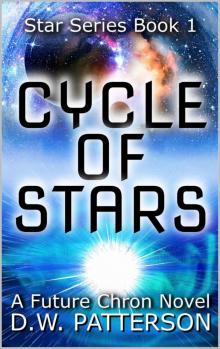 Cycle of Stars
Cycle of Stars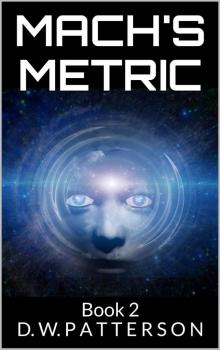 Mach's Metric
Mach's Metric Freedom From Want: A Future Chronology Short Story (Future Chronology Series Book 7)
Freedom From Want: A Future Chronology Short Story (Future Chronology Series Book 7)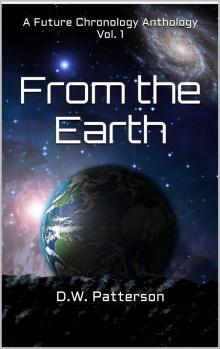 From the Earth: A Future Chronology Anthology
From the Earth: A Future Chronology Anthology Circle of Retribution: A Future Chronology Short Story (Future Chronology Series Book 6)
Circle of Retribution: A Future Chronology Short Story (Future Chronology Series Book 6)